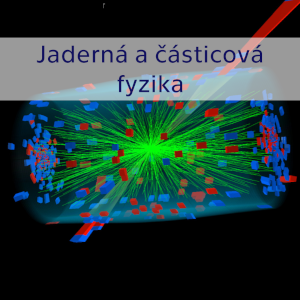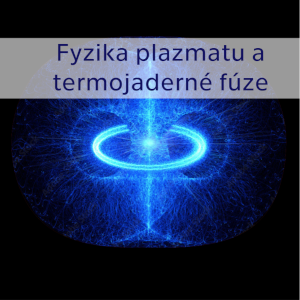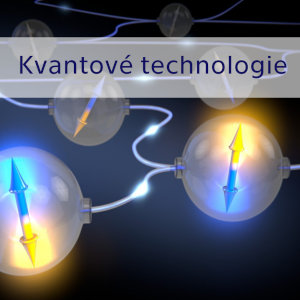Outline:
Tungsten is a prime candidate material for the plasma facing components for future tokamaks, where it has to withstand high heat and particle fluxes from the burning plasma. It has a number of favorable properties for this purpose – namely high melting point, high-temperature strength, good thermal conductivity, high resistance to sputtering, etc. – yet some limitations, especially its brittleness. As bulk tungsten is typically processed by thermomechanical treatment involving plastic deformation, it is prone to recrystallization at elevated temperatures, which affects the mechanical properties. The recrystallization behavior itself is a characteristic of tungsten materials processed in a specific way.
The Compass-Upgrade tokamak, currently being built at the Institute of Plasma Physics in Prague, will have a large portion of plasma facing components made of tungsten, therefore a suitable material has to be selected. Recrystallization behavior is among the characteristics that should be explored and would be part of the basis for materials selection.
The proposed bachelor thesis/research task consists of:
1. Getting acquainted with scanning electron microscopy (SEM) and microhardness techniques
2. Participation in laser-induced heating experiments aimed at recrystallization
3. Characterization of recrystallized portion of different tungsten grades as a function of annealing temperature, via SEM and microhardness
Proposed literature:
Matějíček, J. (2013). Materials for Fusion Applications. Acta Polytechnica, 53(2). https://doi.org/10.14311/1761
Description of the COMPASS-U tokamak plasma-facing components https://www.ipp.cas.cz/miranda2/export/sitesavcr/ufp/o-ufp/Verejne_zakazky/CU_PFC_PMC_detailed_description_02.pdf
G. Pintsuk: Tungsten as a Plasma-Facing Material https://doi.org/10.1016/B978-0-08-056033-5.00118-X
M. Richou et al.: Recrystallization at high temperature of two tungsten materials complying with the ITER specifications https://www.sciencedirect.com/science/article/am/pii/S0022311520310266





